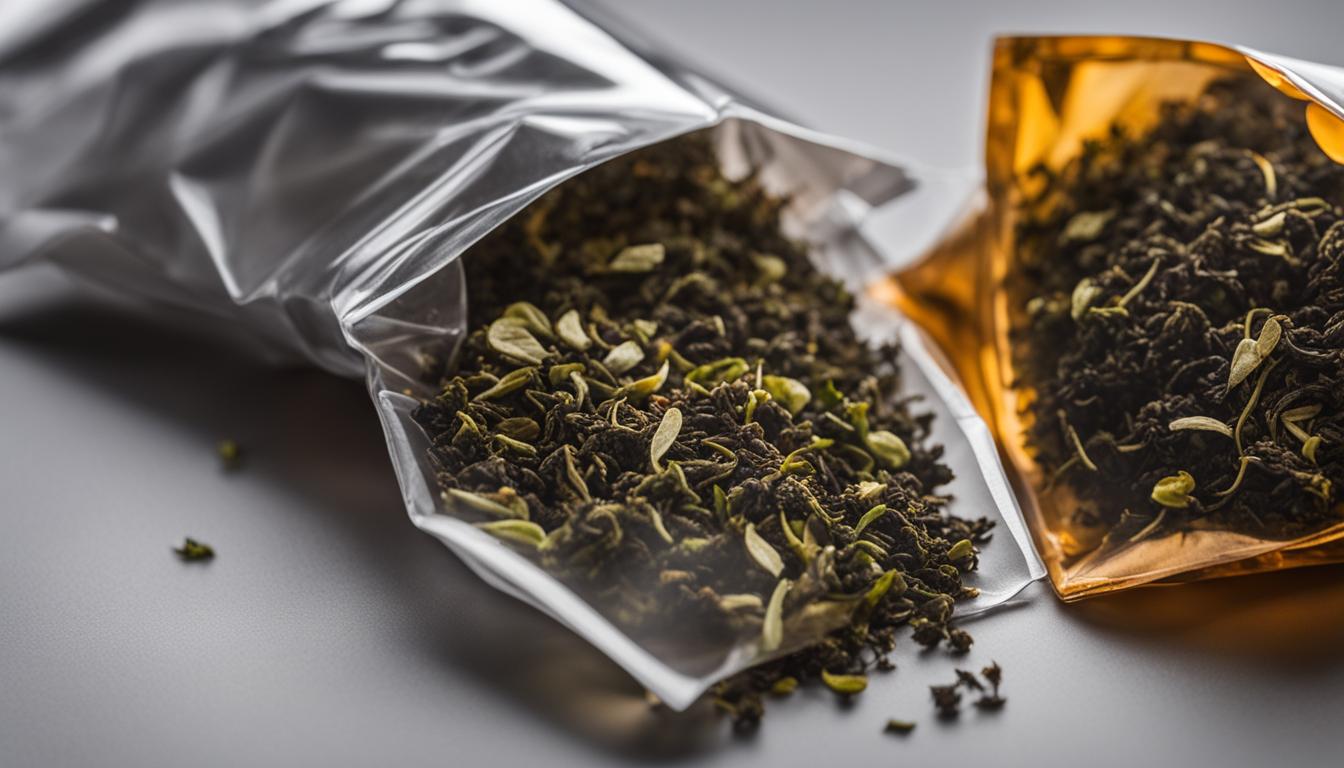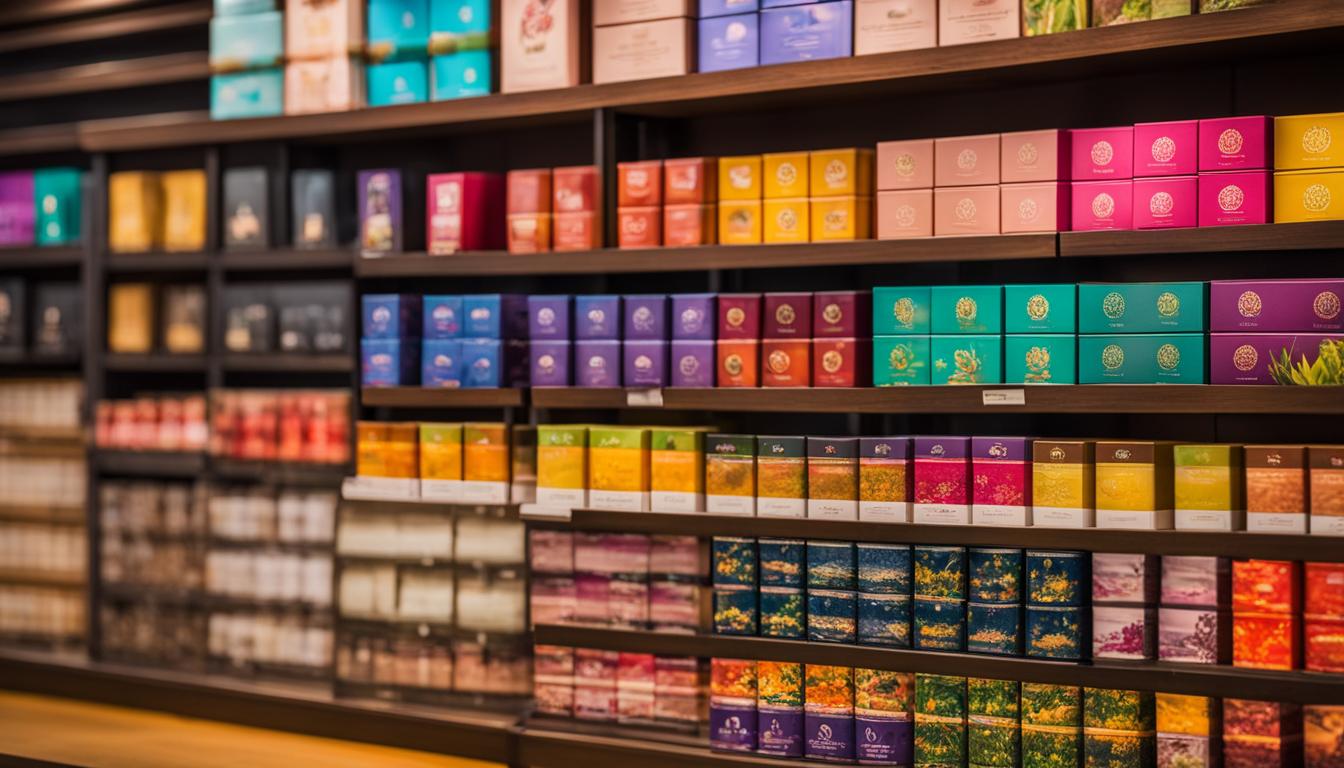The global tea market is booming, and we’re here to bring you the most comprehensive report on the latest trends and developments. From tea market retail sales to tea subscription sales performance, we’ve got you covered with all the essential insights you need to stay ahead in this thriving industry.
As consumers become more health-conscious, the demand for herbal and specialty teas is skyrocketing. We’ll delve into the growing trend of herbal teas, functional teas, and matcha tea, as well as the increasing popularity of loose-leaf tea. Furthermore, with a strong commitment to sustainability, the tea sector is witnessing a remarkable shift towards eco-friendly practices.
In our report, we’ll explore the various segments of the tea market, including different forms, distribution channels, and geographical locations. Uncover the dominant players in the distribution channels, such as supermarkets/hypermarkets and online stores, and discover the leading markets in different regions, with Asia-Pacific taking the top spot followed by North America.
The tea industry’s competitive landscape is constantly evolving, driven by changing consumer preferences, branding, marketing campaigns, and technological advancements. Our report will provide you with a comprehensive understanding of the challenges and opportunities in this dynamic market.
Key Takeaways:
- The global tea market is experiencing rapid growth, with revenue projected to reach $268.5 billion by 2025.
- Consumers are increasingly seeking healthier beverage options, driving the demand for herbal and specialty teas.
- Herbal teas, functional teas, and matcha tea are gaining popularity in the market.
- There is a growing demand for loose-leaf tea and a strong commitment to sustainability in the tea sector.
- Supermarkets/hypermarkets and online stores are the dominant distribution channels for tea products.
- Asia-Pacific holds the largest market share, followed by North America.
- The tea industry’s competitive landscape is influenced by changing consumer preferences, branding and marketing campaigns, and technological advancements.
Tea Market Segmentation and Consumer Behavior
Understanding the tea market requires a deep dive into its segmentation and consumer behavior. By segmenting the market based on form, distribution channel, and geographical location, companies can gain valuable insights to drive their business strategies. Additionally, analyzing consumer behavior helps tea companies identify the most profitable segments and tailor their products to meet the diverse preferences of tea enthusiasts.
Market Segmentation
The tea market is segmented based on various factors. One important aspect is the form of tea, which includes options such as loose-leaf tea, tea bags, and ready-to-drink tea. Each form caters to different consumer preferences and convenience levels. Another key segmentation is based on the distribution channel. Supermarkets, specialty stores, convenience stores, and e-commerce platforms all play a significant role in the tea market. Understanding the consumer buying behavior in each distribution channel helps companies optimize their presence and offerings.
Geographical segmentation is equally important as it provides insights into regional tea consumption patterns and preferences. For example, Asia-Pacific holds the largest market share, driven by its rich tea traditions and the availability of diverse tea varieties. North America, on the other hand, has a growing tea market fueled by the rising popularity of specialty teas and health-conscious consumers.
Consumer Behavior
Consumer behavior in the tea market is influenced by various factors, including taste preferences, health consciousness, convenience, and variety. Online stores have gained popularity among consumers due to their convenience and access to a wide range of tea options. Specialty tea stores cater to consumers looking for unique and premium teas, providing an elevated shopping experience. Health-focused retailers, on the other hand, target consumers who prioritize wellness and seek teas with specific health benefits.
Convenience stores and supermarkets remain important distribution channels as they offer a diverse selection of teas to cater to different tastes. These channels provide accessibility and convenience for consumers who prefer a one-stop shopping experience for their tea needs.

Future Trends and Challenges in the Tea Market
As we delve into the future of the tea market, exciting trends and formidable challenges await industry players. To navigate this dynamic landscape, a comprehensive understanding of retail strategy and market dynamics is crucial. Our Tea Market Retail Strategy and Trends Report reveals the key insights driving the industry forward.
One of the major trends shaping the tea market is the premiumization of tea products. Consumers are no longer satisfied with ordinary offerings; they crave exquisite flavors and unique blends. To meet this demand, tea companies are continuously innovating, introducing exciting new flavors and blends that tantalize the taste buds. Our Tea Retail Market Dynamics Report provides an in-depth analysis of these emerging trends.
However, sustainability is also at the forefront of consumers’ minds. As the demand for eco-friendly products increases, tea companies are investing in sustainable practices and packaging. This emphasis on sustainability not only resonates with environmentally conscious consumers but also boosts brand loyalty. Our Tea Retail and Subscription Comparative Study explores the strategies employed by industry leaders to promote sustainability in their products and supply chains.
While the tea market offers immense opportunities for growth and profitability, it is not without its challenges. Overconsumption and the associated negative health effects pose a concern that must be addressed. Educating consumers about responsible tea consumption and promoting moderation are crucial steps toward building a healthier tea-drinking culture. Our Tea Market Retail Strategy and Trends Report sheds light on the strategies employed to raise awareness and foster responsible tea consumption habits.
FAQ
What is the projected revenue for the global tea market by 2025?
The revenue for the global tea market is projected to reach $268.5 billion by 2025.
What are the growing trends in the tea market?
The tea market is witnessing a growing trend of herbal teas, functional teas, and matcha tea.
Which distribution channels dominate the tea market?
Supermarkets/hypermarkets and online stores are the dominant players in the distribution of tea.
Which region holds the largest market share in the tea industry?
Asia-Pacific holds the largest market share in the tea industry, followed by North America.
How does market segmentation in the tea industry help companies?
Market segmentation helps tea companies prioritize profitable segments, create relevant products, and boost sales.
What are the future trends in the tea market?
The future trends in the tea market include the premiumization of tea products, introduction of new flavors and blends, and emphasis on sustainability.
What challenges does the tea market face?
The tea market faces challenges such as the negative impact of overconsumption and the need to educate consumers about responsible tea consumption.
How can companies stay competitive in the tea market?
Companies can stay competitive in the tea market by staying innovative and responsive to consumer preferences.





